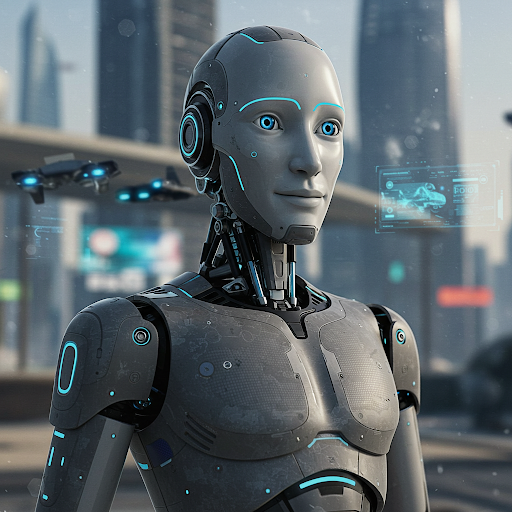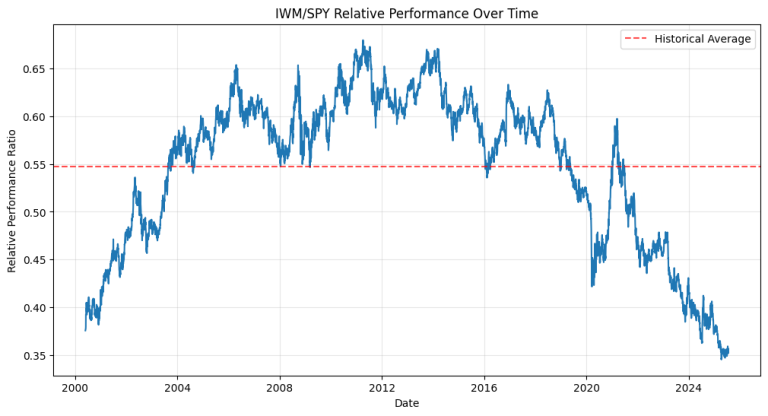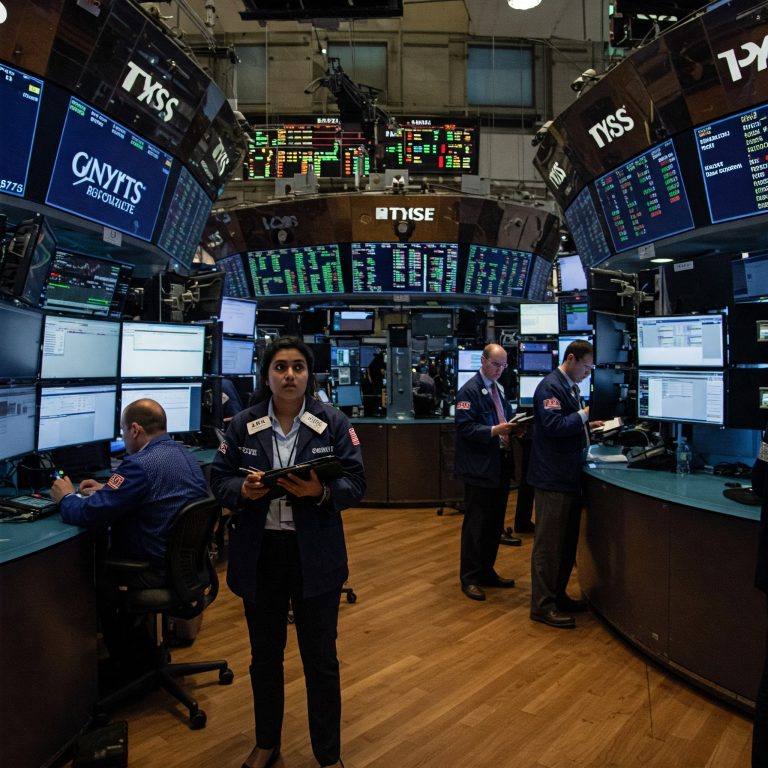How Artificial Intelligence Will Transform America by 2030
The United States stands at the precipice of an artificial intelligence revolution that will fundamentally reshape the economy, workforce, and society over the next three to five years. With AI investments surging and new policies removing regulatory barriers, America is positioning itself to maintain global AI dominance while navigating unprecedented technological transformation.
Economic Impact: Trillions at Stake
The economic implications of AI adoption in the United States are staggering. According to recent projections, AI could contribute up to $15.7 trillion to the global economy by 2030, with the US capturing a significant portion of this value . More conservative estimates from MIT suggest the US GDP boost could be closer to 1% over the next decade, translating to substantial but more modest economic gains .
Investment patterns reveal the intensity of this transformation. AI-focused venture capital funds now represent approximately 40% of all US startup funding, a dramatic increase from just 10% in 2021 . This surge reflects unprecedented confidence in AI’s commercial potential and America’s competitive advantage in the sector.
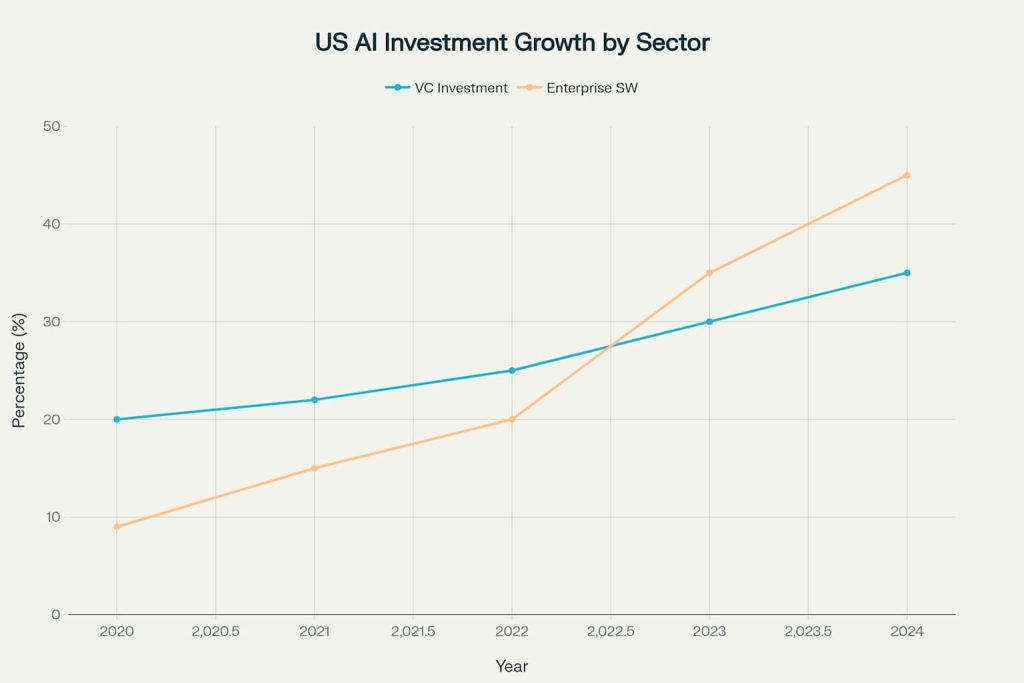
AI Investment Growth as Percentage of US Venture Capital (2020-2024)
Sectoral Transformation: Where AI Will Hit Hardest
Cybersecurity: The Fastest Growing Sector
The cybersecurity sector represents the most explosive growth opportunity, with the US AI cybersecurity market projected to reach $39.77 billion by 2034, growing at a robust 19.64% annually. This growth is driven by escalating cyber threats and the need for AI-powered defense systems that can respond to attacks in real-time.
Healthcare: Revolutionizing Patient Care
AI is transforming healthcare through enhanced diagnostics, personalized treatment plans, and streamlined administrative processes . Machine learning algorithms are already demonstrating remarkable precision in medical imaging, potentially reducing mortality rates through earlier disease detection.
Education: Personalizing Learning at Scale
The predictive AI education market in the US is expected to grow from $0.7 billion in 2024 to $2.3 billion by 2034, representing a 12.7% annual growth rate. This expansion is fueled by AI’s ability to personalize learning experiences and predict student performance, enabling targeted interventions for at-risk learners .
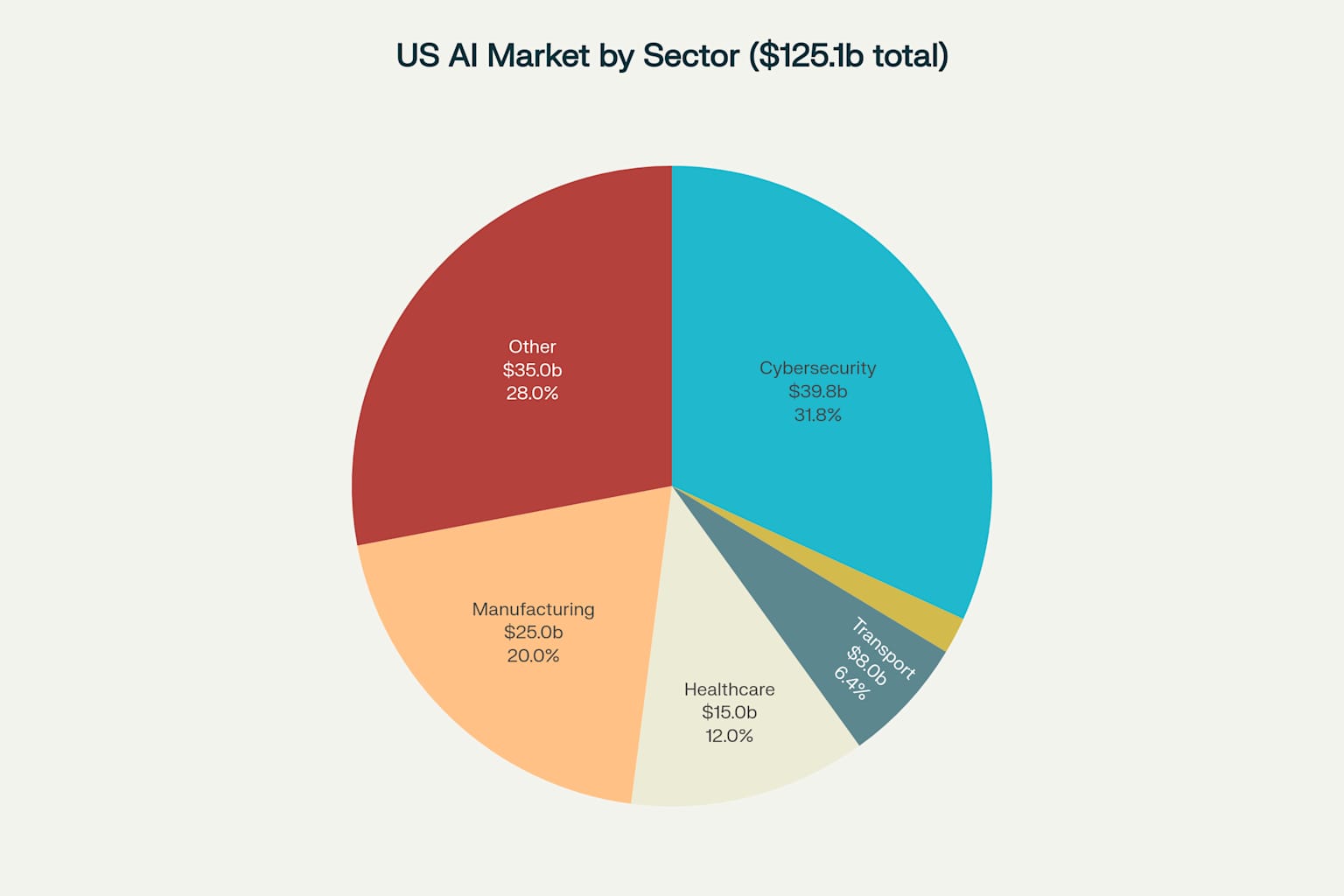
US AI Market Distribution by Sector (Projected Value in Billions USD)
Employment: A Tale of Two Workforces
AI’s impact on employment presents a complex narrative of both opportunity and displacement. The Bureau of Labor Statistics projects significant growth in technology-related occupations, with software developers expected to see 17.9% employment growth through 2033 . Similarly, personal financial advisors and computer occupations are projected to experience double-digit growth rates .
However, certain roles face decline as AI automation takes hold. Credit analysts, claims adjusters, and insurance appraisers are among the occupations projected to experience job losses, with insurance appraisers facing a 9.2% decline by 2033 .
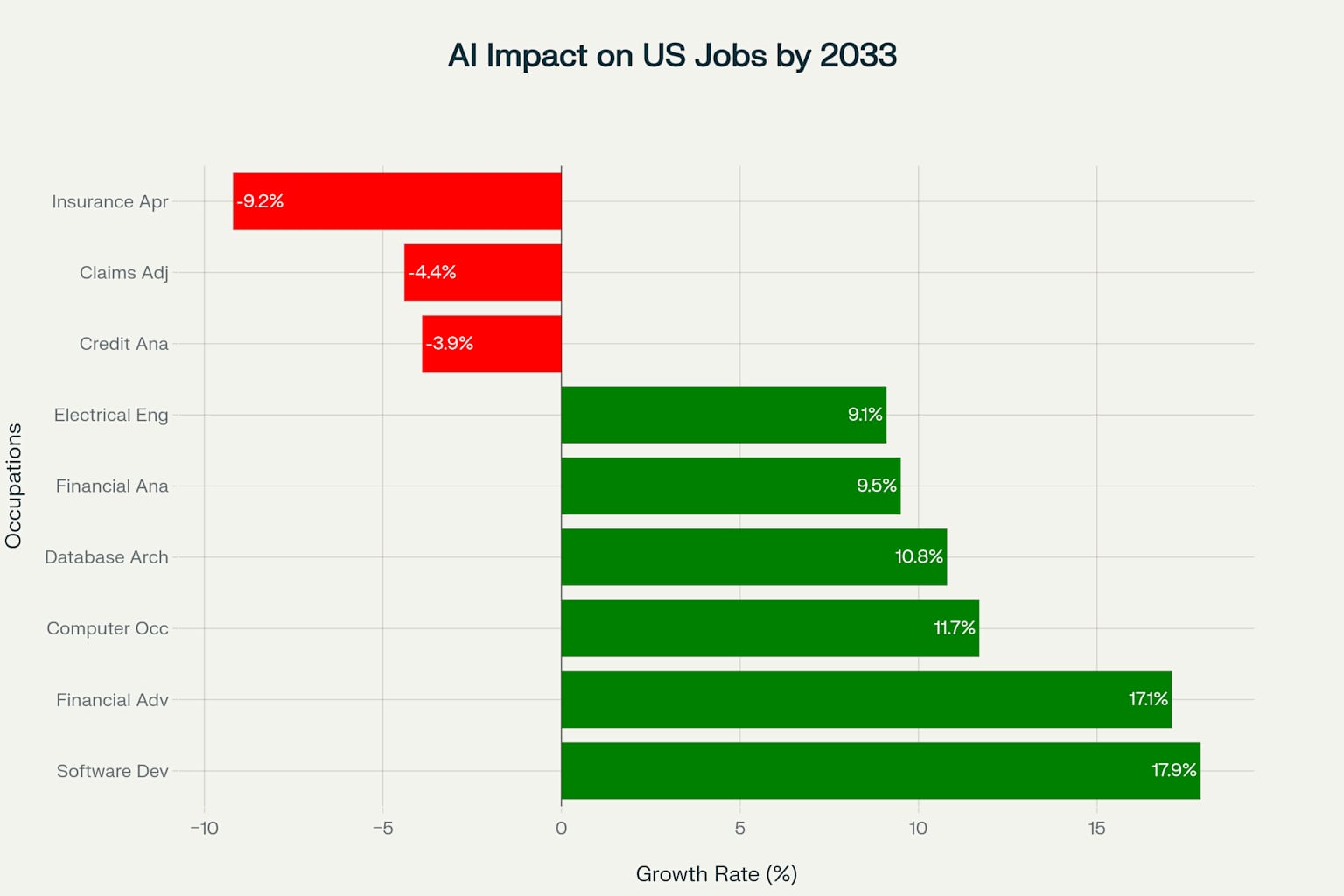
AI Impact on US Employment by Occupation (2023-2033 Projected Growth)
The overall employment picture suggests that nearly 40% of jobs globally could be affected by AI, though the impact varies significantly by skill level and industry. The key challenge will be ensuring workers can transition to new roles that complement rather than compete with AI capabilities.
Policy Landscape: Removing Barriers to Innovation
The Trump administration has signaled a decisive shift toward AI promotion through its “Removing Barriers to American Leadership in Artificial Intelligence” executive order. This policy framework emphasizes reducing bureaucratic restrictions while maintaining protections for privacy and civil rights .
New federal procurement guidelines prioritize “American-Made AI” solutions, potentially creating significant advantages for domestic AI companies. The administration’s approach represents a marked departure from previous regulatory caution, instead embracing a “forward-leaning, pro-innovation” stance.
Investment Surge: Venture Capital Flows
The AI funding landscape has reached unprecedented levels. In 2025 alone, 19 US AI startups have raised $100 million or more, with OpenAI’s record-breaking $40 billion round leading the charge . This capital influx is primarily concentrated in model development, infrastructure, and specialized applications across industries.
Austin has emerged as an unexpected AI hub, securing three of the top fifteen largest funding rounds in February 2025, including deals for maritime security and robotics companies. This geographic diversification suggests AI innovation is spreading beyond traditional Silicon Valley strongholds.
Challenges and Considerations
Despite the optimistic projections, significant challenges remain. AI implementation requires massive upfront investments in infrastructure, training, and organizational change. The technology’s energy demands are also creating strain on power grids, with data centers potentially consuming as much electricity as India by 2030 .
Regional disparities in AI adoption could exacerbate existing economic inequalities, as areas with better technological infrastructure and human capital are likely to benefit disproportionately. Addressing these disparities will require coordinated policy efforts and strategic investments in underserved regions.
Looking Ahead: The Road to 2030
The next three to five years will be critical for establishing America’s AI trajectory. With proper policy support, strategic investments, and workforce development initiatives, the US is positioned to capture substantial economic benefits from AI adoption. However, success will require navigating complex challenges around employment displacement, energy infrastructure, and equitable access to AI technologies.
The data suggests that AI’s impact will be transformative rather than merely incremental. Organizations and individuals who adapt quickly to this new reality will be best positioned to thrive in an AI-powered economy, while those who resist change may find themselves increasingly disadvantaged.
As we approach 2030, artificial intelligence will not just be a technological tool but a fundamental driver of American economic competitiveness and social progress. The choices made today will determine whether this transformation delivers broadly shared prosperity or exacerbates existing inequalities.

